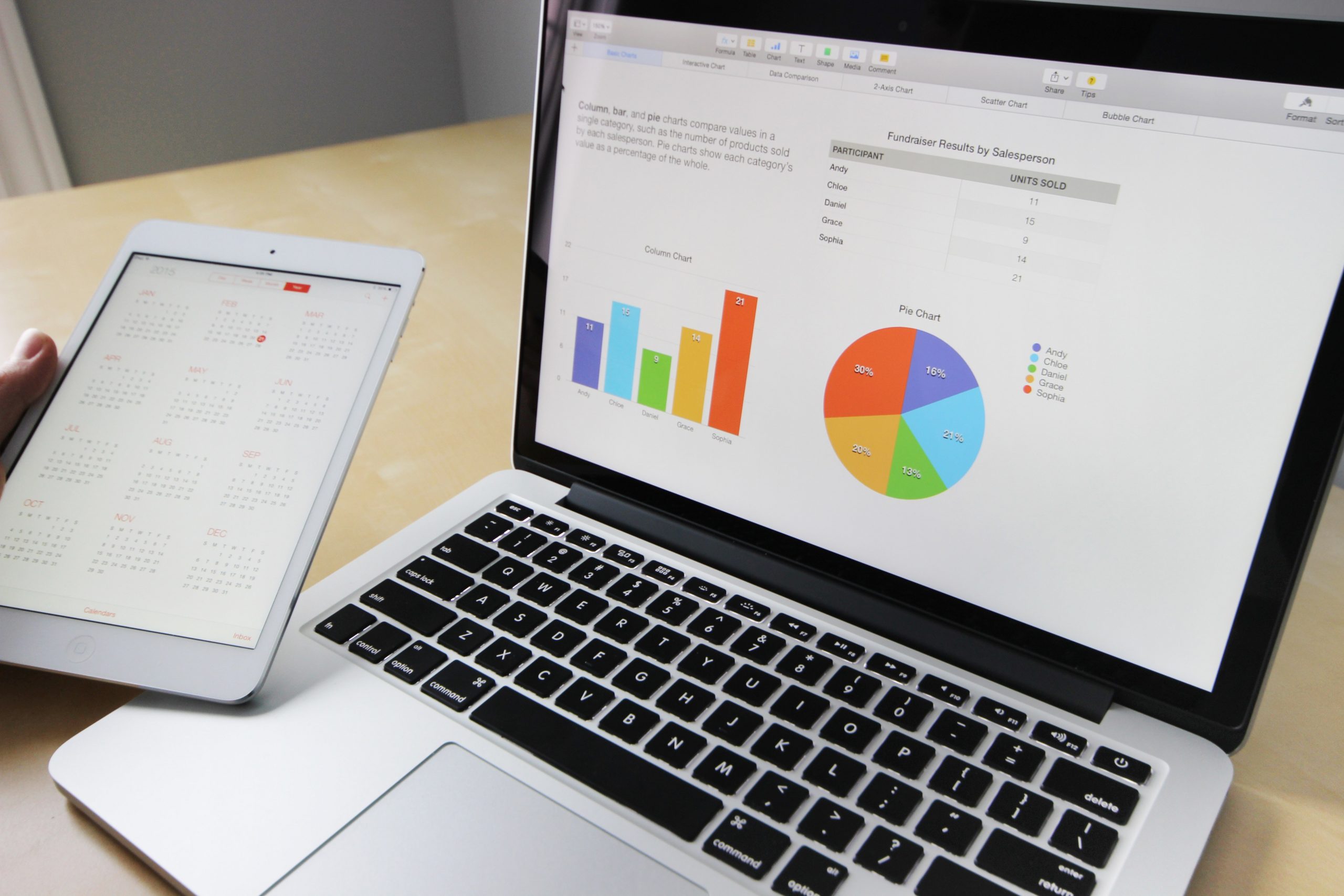Is something missing from your SCM model?
Not all retail businesses have the same type of supply chain. The path to market for a pair of shoes, for example, differs from that of a chocolate bar. So when it comes to ensuring your operations are running as efficiently as possible to meet the true demand of the market, it’s important to think about the nature of your supply chain.
The six types of supply chain
1: Continuous-flow models
This model refers to supply chains that work in high demand, stable situations with very little fluctuation. For example, a manufacturer that produces the same goods repeatedly might use the continuous flow model.
2: The fast-chain model
This is a flexible model used by manufacturers of trend-dependent products with short life cycles. So if a business changes their products frequently, they will need to shift them quickly before the end of a current trend.
3: The efficient chain model
This model is best for businesses that are operating in highly competitive markets, where end-to-end efficiency is the end goal.
4: Custom-configured models
These models are used during assembly and production, focusing on providing custom configurations and are a hybrid of the agile model and the continuous flow models.
5: The agile model
This model is a method of supply chain management that’s ideal for businesses that deal in speciality item orders. It’s a model that uses real-time data and updating information to scale up or down according to demand.
6: The flexible model
This is a model designed to give businesses the freedom to meet high demand peaks and manage long periods of low volume movement. It can be switched on and off easily to handle seasonal fluctuation in demand.
Aligning people behind a plan
Whichever type of supply chain a business operates, there needs to be holistic involvement from all departments, along with the mechanisms and processes to deal with anomalies as they occur. Building the right model into your S&OP (Sales and Operations Planning) is good business practice, but the problem with most supply chain models is that they are too slow to respond to volatility.
Whichever type of supply chain a business operates, there needs to be holistic involvement from all departments, along with the mechanisms and processes to deal with anomalies as they occur.
Consumer behaviour is becoming increasingly fickle and when supply chain models rely on historic data to achieve operational efficiency, they are never going to deliver. Even when organisations have moved towards fully Integrated Business Planning (IBP), they often don’t have the funds and capabilities to sustain the constant measuring and optimising.
Is the consumer missing from your team?
If a business has managed to get every department contributing towards and aligning behind a consensus plan, they have achieved something powerful. But the truth is that only those organisations that are also capturing the voice of the consumer are likely to succeed in accurately meeting true demand.
Choosing a flexible supply chain model while delivering real-time consumer insights and data to the right desktops, is a good way to ensure balance in your demand and supply planning. And meeting the actual needs of the market across manufacturing, freight and storage makes for tidier bottom lines, and ultimately, a cleaner planet.
Share this
You May Also Like
These Related Stories

Analyse your supply chain

Quantiful Insights at the AWS Data and Analytics Virtual Series
